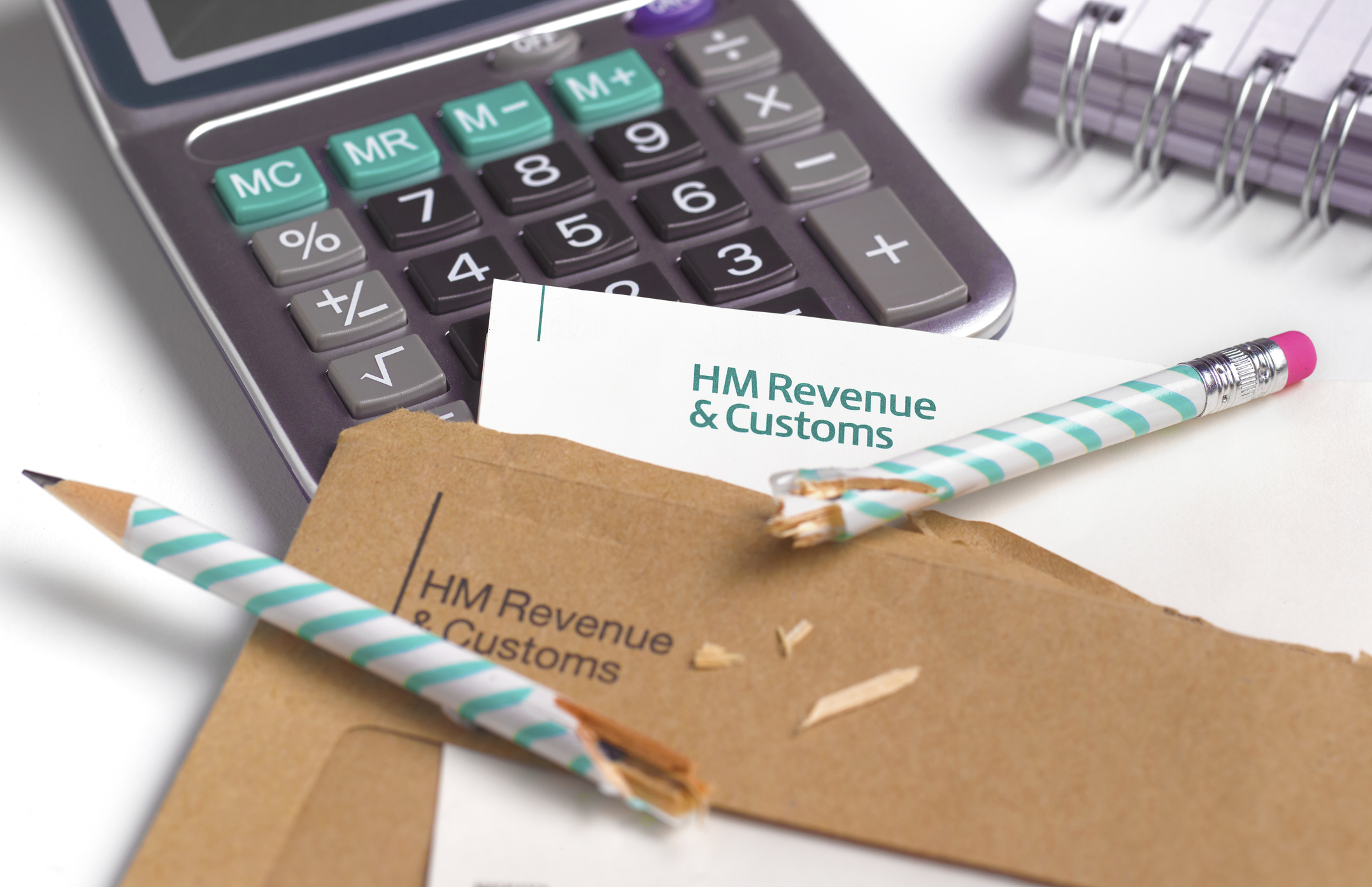Midlife MOT: what is it and who can get one?
The government has launched an online midlife MOT to help older workers with financial planning, health guidance and career skills. But how does it work, who can get one and would you pass it?


The government has expanded its midlife MOT scheme to help older workers aged 45 to 65 get a handle on their finances and plan for a more comfortable retirement.
Midlife MOTs were previously only available in-person at Jobcentres. An online version with interactive tools has now been launched, meaning older people across the UK can benefit from a free digital MOT, regardless of their wealth or income.
The Department for Work and Pensions (DWP) says the website will help people review their skills and identify job opportunities, as well as “better preparing them for later life and their retirement”.
MoneyWeek
Subscribe to MoneyWeek today and get your first six magazine issues absolutely FREE

Sign up to Money Morning
Don't miss the latest investment and personal finances news, market analysis, plus money-saving tips with our free twice-daily newsletter
Don't miss the latest investment and personal finances news, market analysis, plus money-saving tips with our free twice-daily newsletter
The expansion of the midlife MOT was announced by chancellor Jeremy Hunt in his spring Budget.
Guy Opperman, minister for employment, said: “We are all living longer, and planning for later life is essential but knowing where to start can be daunting. Our digital Midlife MOT is open to everyone and easy to access, and will give people the tools to make informed decisions – on their personal finances, their health and on their careers.”
What does the midlife MOT involve?
The online midlife MOT covers three areas: work, health and money. The website signposts to key organisations and charities, including the NHS, Mind, MoneyHelper, Citizens Advice and the DWP.
In terms of the money MOT, there are various resources to read and financial tools to use. For example, MoneyHelper has a five-minute midlife MOT. It asks questions about your finances, covering topics like your savings, pensions, insurance, your goals and whether you’re aware you could claim benefits or know how to guard against scams.
A personalised midlife MOT report is produced at the end, which you can download as a PDF. It aims to help people understand what to prioritise to improve their financial position, from now to retirement.
For example, the report may include links to MoneyHelper’s interactive budget planner, articles about how to make a will, how to check your state pension on gov.uk and the pros and cons of paying off your mortgage.
The money MOT also contains links to other support and resources, such as the Find a retirement adviser directory on MoneyHelper, how to get National Insurance credits if you are a parent, grandparent or other adult caring for a child, how to calculate your ideal retirement income, and getting help with debt. In addition, there's a lot of useful information about the state pension, from checking your state pension age to getting a state pension forecast.
The government says it will continually review the midlife MOT to make sure it is as interactive and tailored as possible. This summer it will publish content that is specific to people living in England, Scotland, Wales and Northern Ireland.
Who can get a midlife MOT?
Midlife MOTs are aimed at people aged 45 to 65, but in reality you can get one at any age. You may like to use it at any earlier age if you have concerns regarding finding a job, or your health or finances. If you’re thinking of retiring early, it could be useful to do an MOT before you’re 45 to make sure you’re on track and prepared for retirement.
While anyone can access the free online midlife MOT, some people can also take an in-person MOT at their local Jobcentre in England. The number of people who can access an in-person midlife MOT via their local Jobcentre is set to rise from 8,000 to 40,000 a year, as part of the government’s initiative to help older workers find and move into work as well as helping those already in work understand what support is available. The in-person midlife MOT is open to eligible Universal Credit claimants aged 50 or over.
How to perform your own midlife MOT
As well as doing the official midlife MOT, you can also perform your own by checking your finances and thinking ahead to the future. And don’t just do it as a one-off event. According to Fidelity, you should schedule once-a-year check-ups to keep your plans on track. Here are three tips to help focus your thoughts during the MOT:
- Look at your cash. How much do you have, and what interest rate is it earning? Aim to have savings worth three to six months of essential costs in an easy-access account as a “rainy-day fund” in case of emergencies (such as a sudden fall in your income, or an unexpected, big expense). If you have a large amount of savings, consider paying some of this into a pension as you’ll benefit from tax relief. Also, be proactive and move your money to get a better interest rate (remember, base rate is now 5%). But beware of the savings tax trap, as you may find you have to pay tax on your interest.
- Think about your retirement targets. When do you want to retire, how much income do you think you’ll need and do you know how much you’ll need to save to achieve that? Once you’ve answered those questions (and there are plenty of free online tools to help you work these things out), you can begin to take steps towards meeting your goals.
- Do you have a plan for what happens when you’re gone? It’s not the nicest topic to think about, but it is an essential part of financial planning. Drawing up a will means your assets will be distributed according to your wishes. And it’s worth thinking about inheritance tax too. Money saved inside a pension can generally be passed on without inheritance tax applying. Don’t forget to leave instructions for how you’d like any benefits from your pension to be distributed. You can do this via an “expression of wish” form from your pension provider.
Where are midlife MOTs available?
As well as the government’s tools, several pension providers have launched their own MOT for customers in the past, and some employers offer them to their staff.
Phoenix Group, the savings and retirement business, says it has been piloting its own version of a midlife MOT and will roll it out to its workforce in the coming months.
Aviva has a “Mid Life MOT” app, which provides users with a free check-up on their work, wealth and wellbeing. It is open to everyone (you don’t need to be an Aviva customer or employee), and designed for those aged 45 to 60.
Meanwhile, there are lots of free calculators online that can help you plan for retirement. For example, the investment firm Fidelity offers a retirement goal tool, and then a calculator to see if you’re saving enough to achieve your goal. The pensions firm PensionBee has a pension calculator so you can work out how much income your pension is likely to generate in retirement.
If you live in Devon, Cornwall, the North East or East Anglia, and are working and in your 40s or 50s, you may also benefit from a midlife MOT as part of a pilot that the DWP is running with private sector suppliers.
Don’t forget that Pension Wise is still available too, which allows those aged 50 or over with a defined contribution pension like a personal pension or workplace scheme to get a free 60-minute appointment with a pensions specialist where you can discuss topics like how to take money from your pension in retirement and get impartial guidance.
Join us at the MoneyWeek Summit on 29.09.2023 at etc.venues St Paul's, London.
Tickets are on sale at www.moneyweeksummit.com
MoneyWeek subscribers receive a 25% discount.
Get the latest financial news, insights and expert analysis from our award-winning MoneyWeek team, to help you understand what really matters when it comes to your finances.

Ruth is an award-winning financial journalist with more than 15 years' experience of working on national newspapers, websites and specialist magazines.
She is passionate about helping people feel more confident about their finances. She was previously editor of Times Money Mentor, and prior to that was deputy Money editor at The Sunday Times.
A multi-award winning journalist, Ruth started her career on a pensions magazine at the FT Group, and has also worked at Money Observer and Money Advice Service.
Outside of work, she is a mum to two young children, while also serving as a magistrate and an NHS volunteer.
-
 The shape of yields to come
The shape of yields to comeCentral banks are likely to buy up short-term bonds to keep debt costs down for governments
-
 The sad decline of investment clubs – and what comes next
The sad decline of investment clubs – and what comes nextOpinion Financial regulation and rising costs are killing off investment clubs that once used to be an enjoyable hobby, says David Prosser
-
 Simple assessment explained as millions brace for unexpected tax bills
Simple assessment explained as millions brace for unexpected tax billsIncreasing numbers of people could get letters from HMRC saying they owe more tax due to frozen thresholds, under a system known as simple assessment. Here is what it means for you.
-
 Should state pension age rise to 70? Have your say in government review
Should state pension age rise to 70? Have your say in government reviewThe state pension age review will consider the “merits” of automatic increases tied to life expectancy. If you want to give your view, you’ll need to be quick, as the deadline is looming
-
 The 1% pension rule: can it help close the pensions gap?
The 1% pension rule: can it help close the pensions gap?Advice Contributing an extra 1% into a pension could fill the gaps from a career break
-
 Act now to bag NatWest-owned Ulster Bank's 5.2% easy access savings account
Act now to bag NatWest-owned Ulster Bank's 5.2% easy access savings accountUlster Bank is offering savers the chance to earn 5.2% on their cash savings, but you need to act fast as easy access rates are falling. We have all the details
-
 Moneybox raises market-leading cash ISA to 5%
Moneybox raises market-leading cash ISA to 5%Savings and investing app MoneyBox has boosted the rate on its cash ISA again, hiking it from 4.75% to 5% making it one of top rates. We have all the details.
-
 October NS&I Premium Bonds winners - check now to see what you won
October NS&I Premium Bonds winners - check now to see what you wonNS&I Premium Bonds holders can check now to see if they have won a prize this month. We explain how to check your premium bonds
-
 The best packaged bank accounts
The best packaged bank accountsAdvice Packaged bank accounts can offer great value with useful additional perks – but get it wrong and you could be out of pocket
-
 Bank of Baroda closes doors to UK retail banking
Bank of Baroda closes doors to UK retail bankingAfter almost 70 years of operating in the UK, one of India’s largest bank is shutting up shop in the UK retail banking market. We explain everything you need to know if you have savings or a current account with Bank of Baroda